It's the morning of your favorite charity scramble, and you've been looking forward to this one for months. You head to the range to warm up. You're feeling good and you're super excited. This could finally be the year.
With the first swing of your driver - SNAP - the head comes flying off the shaft. Oh Boy - Disaster has struck!
You hustle to the pro shop, and your buddy, who's also the head pro, greets you with a grin. "Test this one out; I think you'll like it," he says, handing you a brand new TaylorMade driver.
Feeling a mix of desperation and hope, you head back to the range. You take a swing, and it's love at first flight. The ball takes off - the launch angle, the height, the distance... Wow!
The magic continues throughout the tournament. Every time you pull out the driver you crush it down the middle of the fairway. After a day of booming drives and a team score that has you tied for first, you hand the driver back, only then realizing there's something different.
It's one inch shorter than your old one. You look at your buddy, who smiles and says, "You gotta trust me."
So, what's the moral of the story? Golf club length is not a minor detail or a one-size-fits-all affair. Far too many golfers overlook this aspect of their equipment. That's exactly why we've poured over exhaustive research and tapped into the knowledge of industry experts, players and coaches, and the sport's governing bodies to bring you this comprehensive guide.
Let's not forget, golf is a game of inches and degrees. A club that's too long or too short can affect your swing speed, and your ball striking. It could be the difference between finding the sweet spot or hitting a weak slice off the heel of the club. It could be the difference between a green in regulation or landing in a hazard.
If you care about your game - this is essential reading. You'll understand what proper club length truly means, how to measure club length accurately, and most importantly, how to customize it to get the most out of your game. From the types of golf clubs and their ideal lengths to avoiding common mistakes, this is your one-stop guide to mastering a fundamental aspect of golf club fitting.
Let's get started, shall we? You'll thank us later when you're striping the ball down the middle of the fairway.
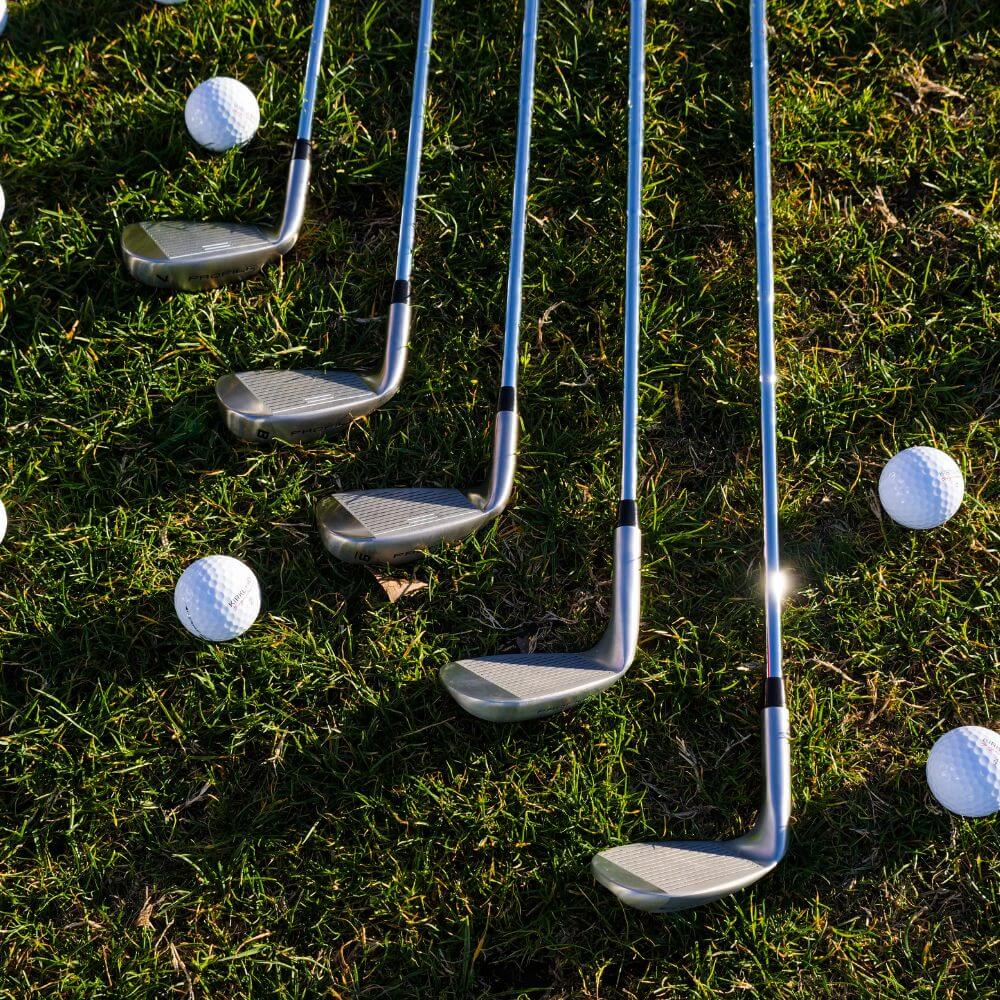
How To Measure Golf Club Length?
Wondering how to measure golf club length? Place your club on a flat surface with the sole of the club touching the surface. Grab a tape measure or 46" ruler and measure from the end of the grip to the heel of the club, where the sole and shaft intersect. Verify for accuracy.
This is the simplest way to measure your driver, irons, and woods. However, the putter can be a different story due to the position of the golf shaft, the hosel, and the heel. To determine the length of the putter, measure from the top end of the grip directly to the ground, passing through the point where the shaft intersects with the head.
How to Measure a Golf Club by the United States Golf Association and The R&A
The United States Golf Association (USGA) and The R&A are the governing bodies responsible for establishing and enforcing the rules of golf. When it comes to measuring club length (excluding putters) they outline a meticulous process.
The method involves placing the golf club on a horizontal plane, with its sole aligned against a 60-degree incline. A digital scale is then used to measure the distance from the intersection of these two planes to the end of the grip cap. Calibration is essential to ensure the accuracy of this measurement. According to these organizations, a golf club must not exceed 46 inches (putters excluded) to be in compliance with the official Rules of Golf.
By standardizing the measurement process, the USGA and The R&A aim to maintain the integrity of the sport. This detailed approach serves as a definitive guide for both players and manufacturers, ensuring that all golf clubs used in official play meet the same length criteria. The guidelines also allow for future refinements, indicating an ongoing commitment to enhancing the accuracy and reliability of these essential measurements.
A Simple Truth: What is Golf Club Length, Defined
Golf club length is the measurement from the top end of the golf grip down to the bottom of the club head (the club's sole). It's that simple.
The length of a golf club varies by the club you're using. The longest club in your bag should be the driver unless you're using a broom handle putter which could be over 50 inches in length. The standard golf club length is generally set by the manufacturer - 45 to 45.75 inches for drivers, 41 to 43 inches for fairway woods, 38.5 to 40.5 for hybrids, and approximately 35 to 39 inches for wedges and irons.
Keep in mind, that these are typical off-the-rack lengths. However, they might not be the correct club length for you. Everyone's setup, posture, and height are different. If you're taller than the average golfer, you might need an extra 1/4" to 2" for your final length, whereas shorter golfers might need a shorter club.
Beyond the Basics: How Your Golf Club Length Impacts Ball Striking
The right club length is far more than a matter of personal comfort—it’s a critical factor that can have substantial implications on your game. We're talking clubhead speed, golf ball speed, launch angle, and the quality of your ball striking. So, if you're not playing the right length club then you're doing your game a huge disservice.
Set-up, Posture, and Ball Striking
1. Proper Alignment:
- The right club length helps maintain the proper spine angle, avoiding any unnecessary hunching or overextension.
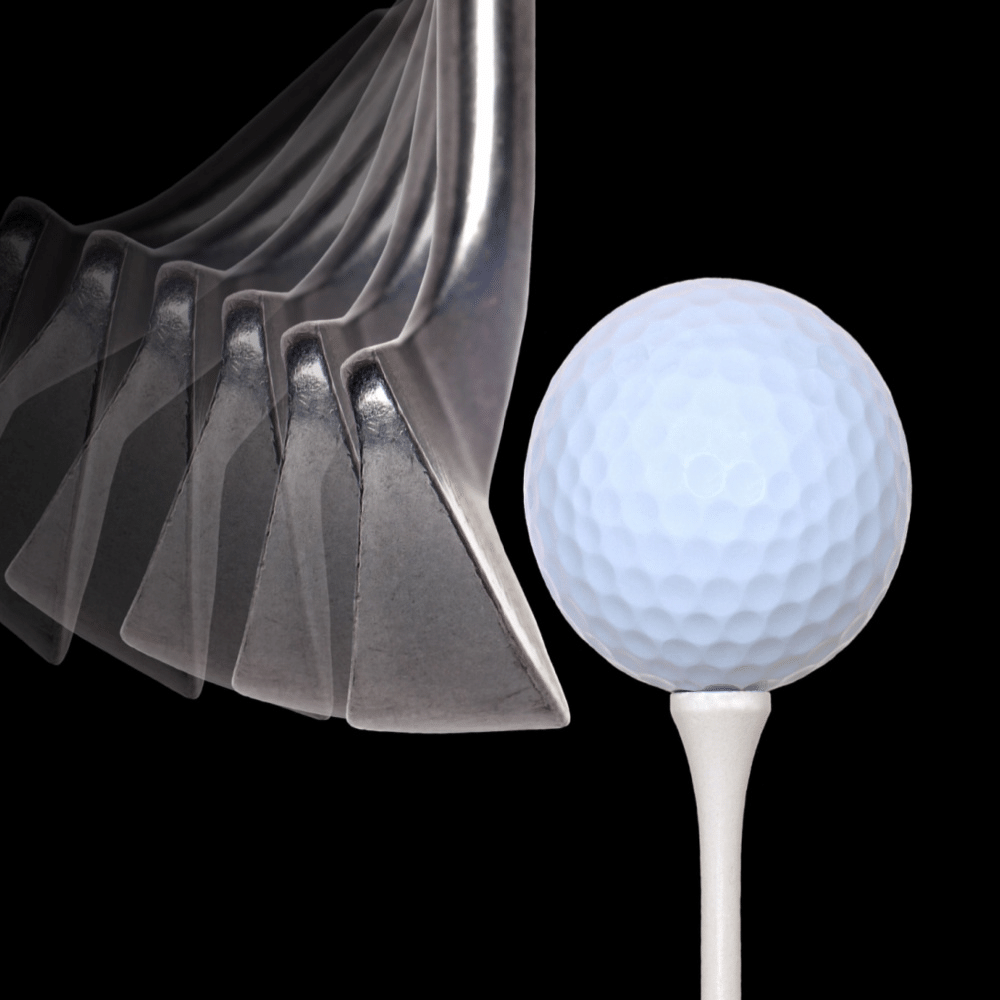
2. Balance and Stability:
- When you're playing the right length club you can make sure your setup and feet are positioned properly. This is the first step to a foundation of balance and stability.
3. Muscle Engagement:
- The right club length ensures that you are engaging the correct muscle groups. Too long a club may cause you to lean back too much while playing a club that is too short a club could put unnecessary strain on your back and legs.
4. Ball Positioning:
- The length of the club determines how far you stand from the ball.
5. Swing Path:
- Club length affects the plane of your swing. A longer club will often lead to a flatter swing plane, while a shorter club promotes a more upright swing. The incorrect length can lead to a variety of mishits, including slices, hooks, and off-center hits
6. Club Head Speed and Club Face Control:
- The proper length is a must for maximizing clubhead speed and squaring the club face at impact. If you're playing a longer shaft you may be able to generate more clubhead speed but you may sacrifice control and the ability to square your club face. Conversely, with a shorter club, you'll lose swing speed but you may have more accuracy.
7. Optimal Launch Statistics:
- Playing the right golf club length will help you reach your optimal launch numbers - ball speed, attack angle, spin rate, smash factor, and more. This will have a direct impact on your carry distance, ball flight, and how your ball reacts on the green.
Finding the Perfect Fit: What Size Golf Clubs Do I Need?
By now, you should understand the importance of playing the right length golf club. This is a cornerstone for building a solid golf game, affecting your ability to hit accurate and consistent shots. It’s a meticulous process that goes beyond just measuring your height; it’s about understanding your body’s build, your swing, and your personal preferences to find that perfect match. This section will provide a detailed overview of the elements influencing your measurements, how to size golf clubs the right way, and the impact of flexibility and performance considerations, helping you find the perfect club length for your game.
Golf Club Sizing by Height: The Initial Step to a Tailored Fit
This is the starting point and generally the most important factor for your ideal club length. Taller golfers naturally require longer clubs. But the relationship isn't linear. Arm length and flexibility also affect your ideal club length (more about this later).
If we check out a golf club fitting chart we can get a general idea of the correct golf club length by height. Let's take a look!
Standard Iron Lengths for Golfers Based on Height
Measuring the Distance from Wrist to Floor (Static Fitting)
We began our journey into static club fitting with something simple – your height. It’s a good starting point, but let’s not stop there! Your unique body type (the length of your arms, your torso...) also plays a key role in defining the standard lengths of your clubs. So, let’s take a look at the next step – the wrist-to-floor measurement!
Stand straight with your arms hanging naturally, and measure from where your wrist meets your hand straight down to the floor. Simple, right?
Combining wrist-to-floor measurements with your height gives us a clearer picture of the correct length club for you. But remember, this is just the beginning of an accurate measurement. While it offers great insight and a step into the custom-fitting world, it’s not the whole story.
For a more precise fit, a combination of static and dynamic fitting is needed. But before we go there let's take a look at another golf club length chart.
Golf Club Length Chart by Height and Wrist to Floor Measurements
Upgrade Your Swing: Step into the World of Dynamic Golf Club Fitting
Alright, let's talk about the real game-changer when it comes to golf club fitting - dynamic fitting! Think of this as your personal, custom demo session, where a professional club fitter watches you hit golf balls (preferably outside on grass) analyzing your swing, your posture and set-up, your level of skill, your mishit tendencies, and your preferences.
In dynamic fitting, professional club fitters are using advanced technology, like launch monitors to study everything: clubhead speed, typical ball flight, impact location, launch angle, spin rate, and more. It’s about more than just numbers; it’s about optimizing your performance, your feel of the game, and ensuring consistent ball striking. Every component of the club is dissected - length, lie angle, loft, weight, shaft flex, and shaft material. All in an effort to find the right golf clubs for your unique swing.
If you're a beginner the simple measuring technique of a static fitting is a great start. However, if you're serious about the game and lowering your handicap then you need to invest in a professional golf club fitting. This is about owning your swing and the way you play the game. This is about precision, sophistication, and a relentless pursuit of excellence in the beautiful game of golf.
Flexibility and Performance Considerations
Are you struggling with a bad back? Do you suffer from golfers elbow or chronic knee pain? Are flexibility issues limiting your body rotation?
If your body and lack of flexibility are limiting your golf game you may benefit from longer clubs. This could relieve some of the strain and help increase your clubhead speed with a higher ball flight. However, this could come at the expense of accuracy. Shorter shaft lengths provide more control but you may lose a few yards in distance.
Determining the appropriate length and details of your golf club is a meticulous process. You need to understand your body and your game and consider various static and dynamic factors. A professional fitting is a must because buying off the rack leaves too much to chance. The wrong-sized club could lead to poor ball striking, bad habits, and increase the chance of injury.
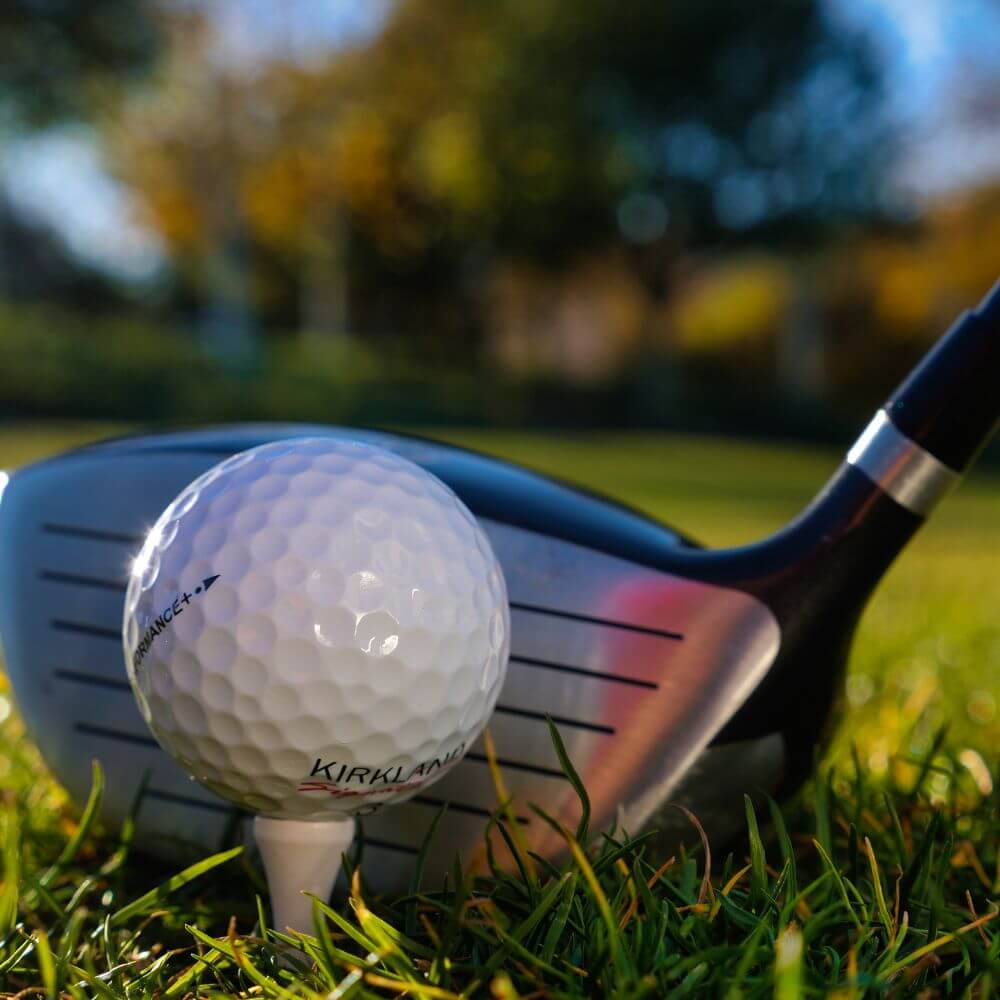
Unraveling the Tape: A Closer Look at Standard Golf Club Lengths
If you want to play your best golf you need to understand your equipment, especially the length of your clubs. Golf club manufacturers have done a ton of research over the years to create standardized measurements aimed at helping the majority of golfers. These universally accepted lengths have evolved over the years, acting as a fundamental guide for players to select the right equipment.
Let’s dive into the specifics and explore the standard lengths for different types of clubs—drivers, irons, and putters—and understand why these measurements are more than just numbers, and how they differ amongst golf brands. Whether you’re a seasoned golfer or a newcomer to the game, coming to grips with these standards will help you make informed choices, optimize your play, and provide more enjoyment on the golf course.
Drivers: How Long Should My Driver Be?
The beauty of golf is the constant pursuit of a little bit more: more accuracy, more control, more birdies, and, of course, more distance! And at the center of this relentless quest is the driver. With cutting-edge technology and an always-improving design, everybody always seems to be making tweaks with the driver - more loft, stiffer shaft, shorter shaft... It's all in an effort to maximize distance and control.
So, let's find out what's happening with the standard driver length.
- According to the USGA, a new local rule was established in October of 2021 allowing Professional Tours to reduce the driver shaft length from 48 inches to 46 inches. The PGA and LPGA Tours agreed to institute this rule beginning in January 2022.
- According to Golf.com, the average driver length on the PGA Tour is around 44.75 inches. The current trend amongst professionals is opting for shorter drivers - it's all about more control and finding the center of the clubface.
- Amateurs, on the other hand, generally lean towards longer drivers, often attracted by the promise of more distance. The standard length of drivers for men is usually around 45 to 46 inches; for women it's usually around 44 to 45 inches.
- Callaway - 45.75" (Ladies - 44.25")
- Mizuno - 45"
- Ping - 45.75" (Ladies - 44.75")
- PXG - 45.5"
- TaylorMade - 45.75" (Ladies - 44.5")
- Titleist - 45.5" -45.75" (Ladies - 44.5")
- Sanctioned Long Drive Competitions: This is where the big boys jump out of their shoes with insane ball speeds. In order to do that they need longer drivers typically at the old USGA limit of 48 inches.
Irons: It's All About Greens In Regulation
Irons range in length, getting progressively shorter as the iron number increases. Each iron decreases in length by about half an inch. For women's golf clubs, the standard length is generally one inch shorter than men’s. Keep in mind, that the right iron length is a must for accuracy and distance.
Let's take a look at three of the most popular iron brands on the PGA Tour.
Standard Iron Lengths by Golf Manufacturer
Putters: From Standard to Broomstick - Finding Your Ideal Length
Welcome to the world of putters - the one club you rely on for every hole. Often, 40% of your strokes or more are with the putter. This has to be the most vital scoring club in your bag and one that you must feel 100% comfortable with.
The right putter is more than just length. It's about confidence, style, control, and feel. Whether it's a conventional blade or a longer upright model it has to resonate with your playing style, posture, and physique. So, let's explore the options, and help you find your ideal putter length for more birdies and lower scores.
- Standard Putters:
Standard putters typically range between 32 and 36 inches in length with the average typically being 34 or 35 inches. Women's putters average around 33 inches. - Mid-Length Putters/Armlock Putters/Belly Putters:
These putters usually have a length ranging from 40 to 44 inches. However, depending on your height they can be a little shorter or longer. - Broomstick Putters:
Broomstick or long putters typically measure between 48 and 50 inches but they can be shorter or even exceed 50 inches.
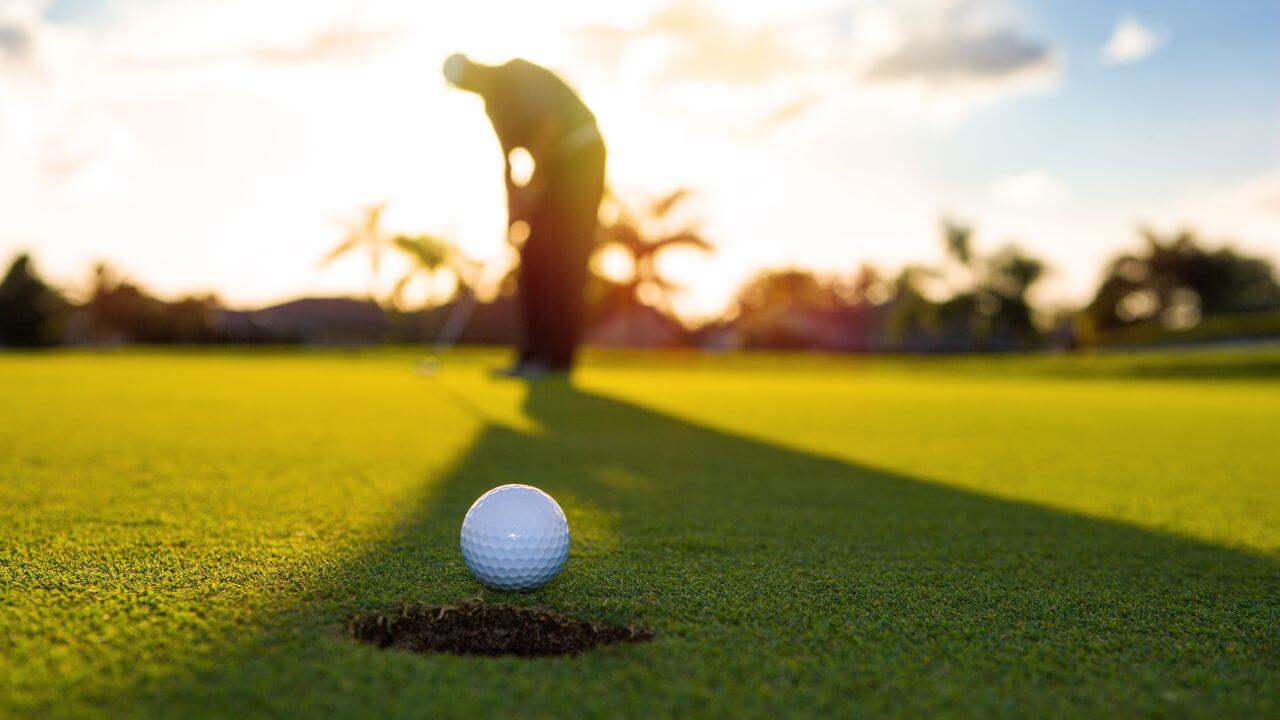
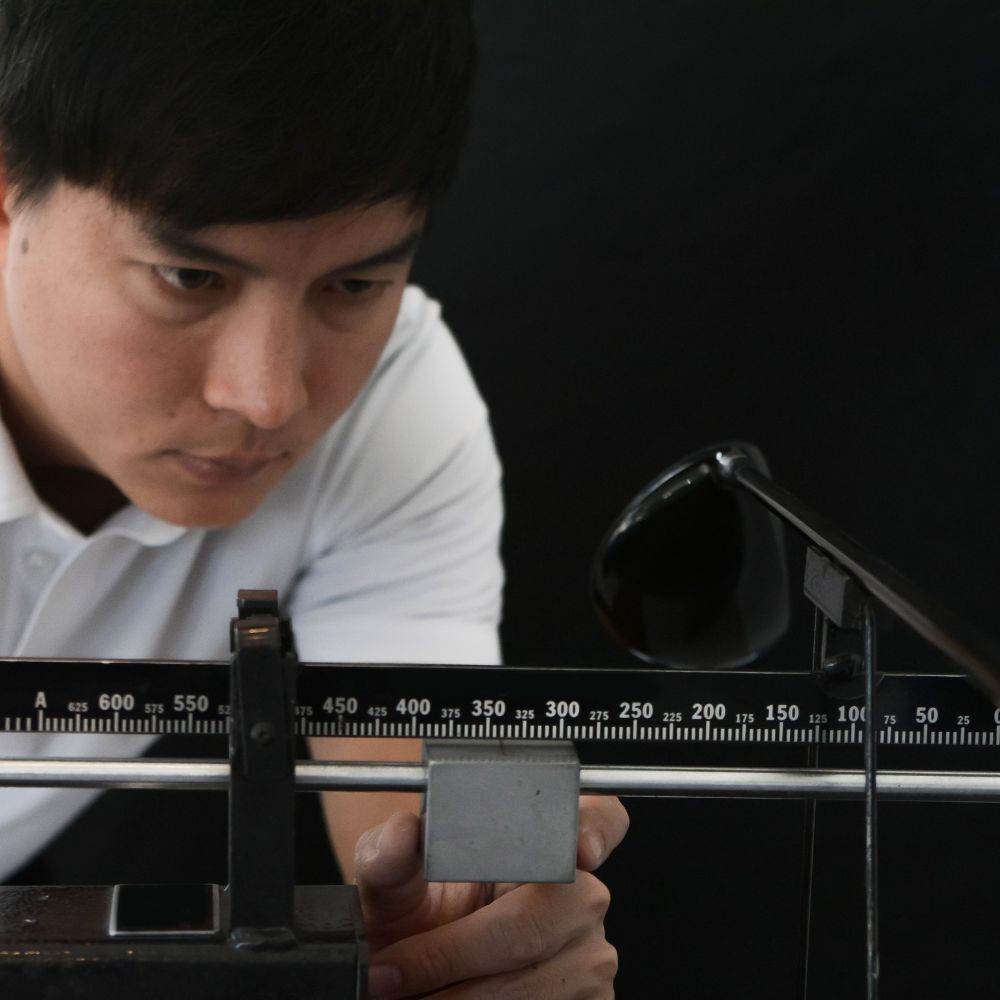
Measuring Up: How the Correct Club Length Improves Your Golf Game
We’ve discussed the ins and outs of golf club length - showing you how to measure it and the key factors to identify the correct length for every type of player. Now, that you have a deeper understanding, it’s time to shine a light on the benefits that the right golf club length brings to your game. So, let’s explore how you can start playing your best golf.
- Perfect Posture and Set-Up: A fundamentally sound golf swing starts with your stance and set-up. Playing the right club length promotes the correct spine angle and distance from the golf ball.
- Increased Distance: Assuming it makes sense for your body type a longer golf club will generate more clubhead speed. This means more distance. Playing a shorter club could mean finding the sweet spot more often. This along with a higher smash factor means more distance.

- Improved Accuracy and Better Control: When your clubs fit your swing you have a much better chance of squaring the clubface at impact. This translates to better ball striking and fewer mishits.

- Comfort and Confidence: When you're relaxed, comfortable and confident good things happen with your swing and your game.
- Reducing Injury Risk: Playing the right clubs reduces unnecessary strain placed on your back, wrists, and knees.

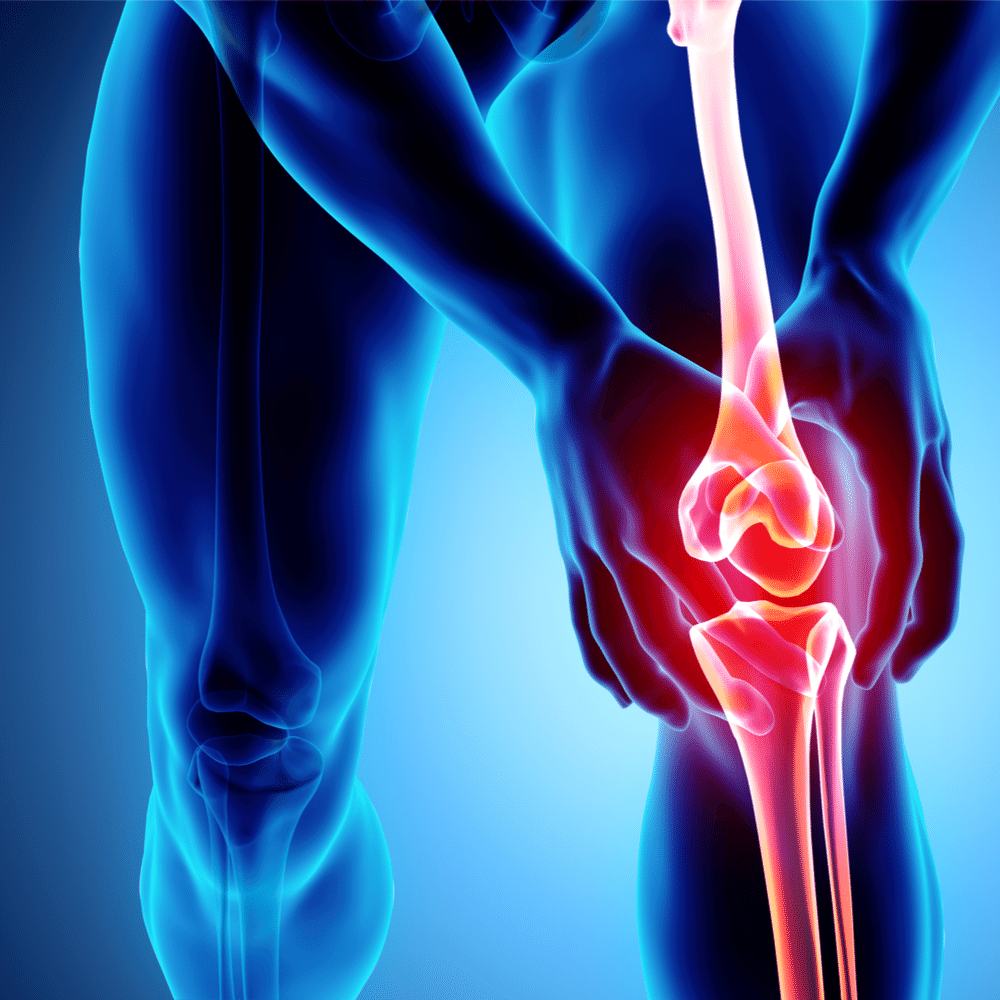
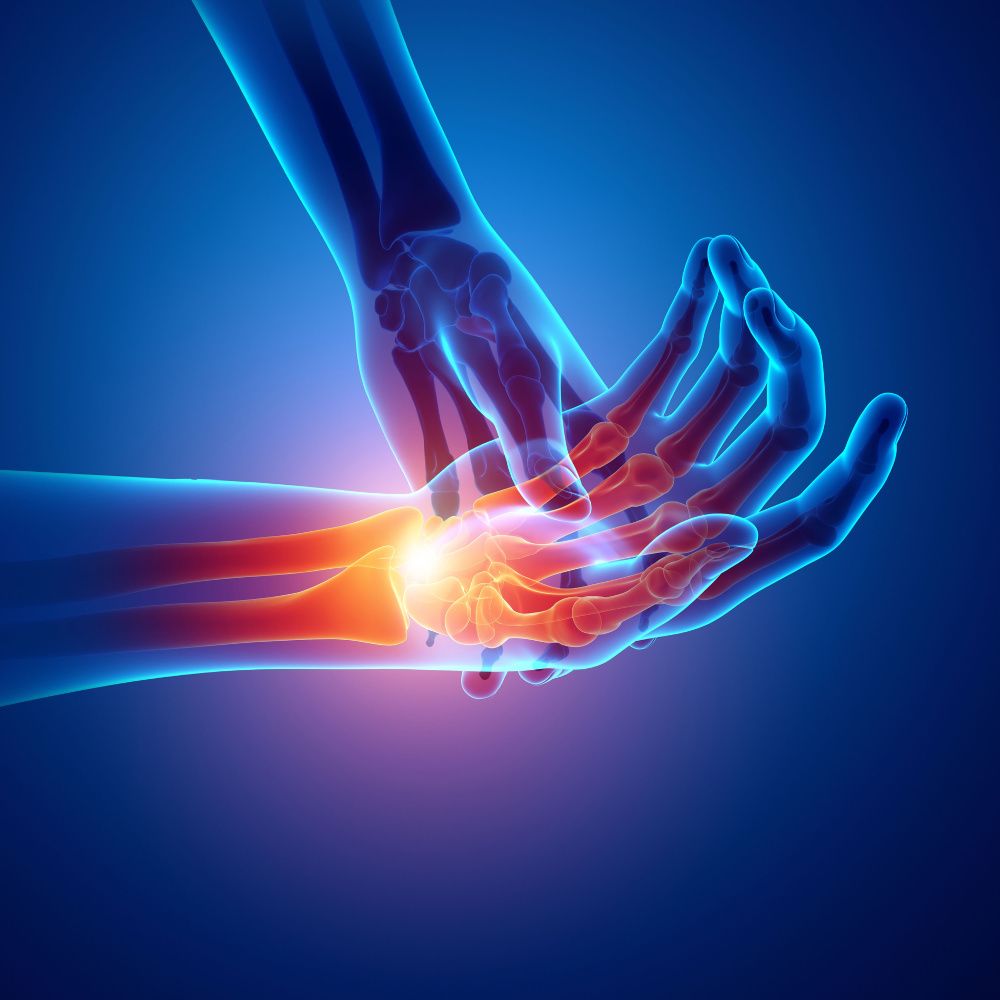
- Lower Handicap: With increased distance, better accuracy and more control comes more pars and birdies. This equates to lower scores and a lower handicap.
- Consistency: When you're playing with the right equipment this is one less thing to worry about. You can develop a repeatable swing that becomes second nature and work on the little things like chipping and putting that lead to lower scores.
- Distance Control: Knowing your clubs means you know the average distances that you hit them. This leads to more greens in regulation.
- More Enjoyable Rounds: When you're striking the ball well and playing good golf you tend to have more Fun. It's that simple.
Final Thoughts: Perfecting Your Game With the Proper Club Length
Getting your golf club length right is a necessity, plain and simple. It's not just about your height or the golf club sizing charts; it's about understanding how the right club can impact your game from setup to swing. We started with how to measure the length of a golf club, from the basics of measurement to the specifics of each club type, highlighting the significance of a professional club fitting.
So, whether you’re a beginner learning the game or a mid-handicapper looking to become a scratch golfer, the correct club length stands as a foundation for accuracy, comfort, and overall performance. Remember, every detail, from wrist-to-floor measurements to dynamic fitting, plays a part in optimizing your game. So, take the time, measure correctly, and start playing your best golf.
Thanks for visiting. We can't wait to see you again!
"Hit 'em long and straight."
Lawrence


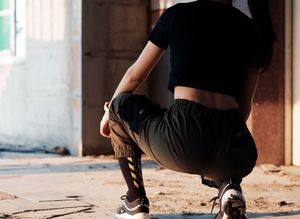



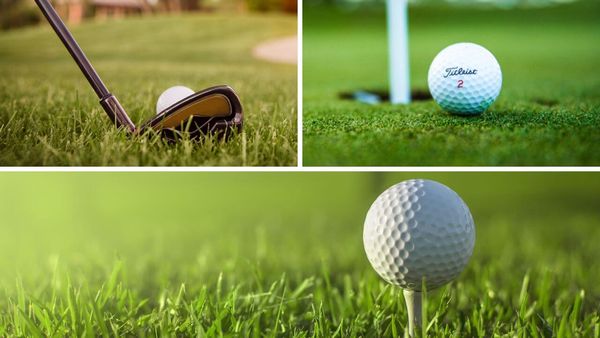
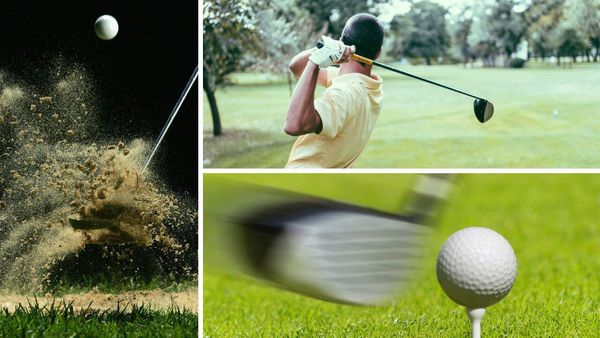
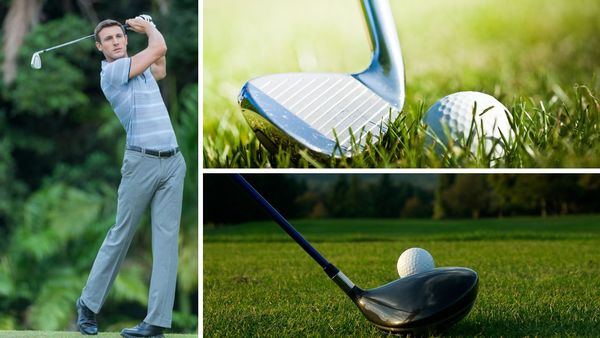
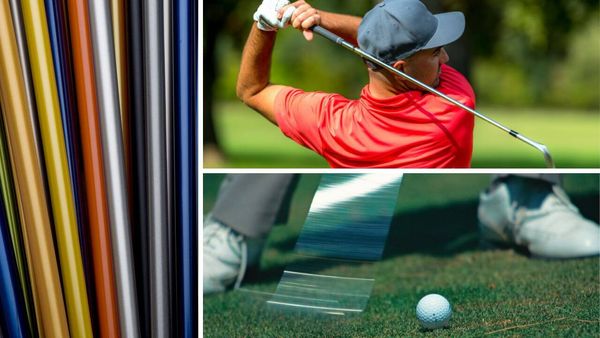
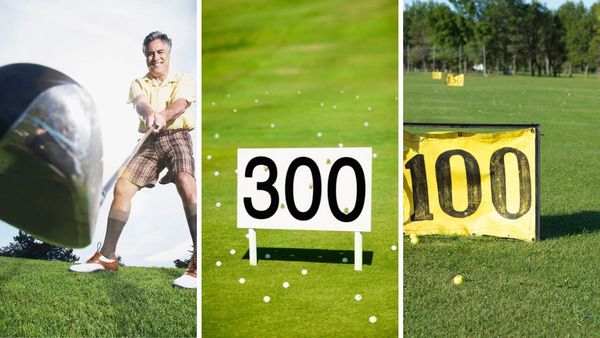
Member discussion